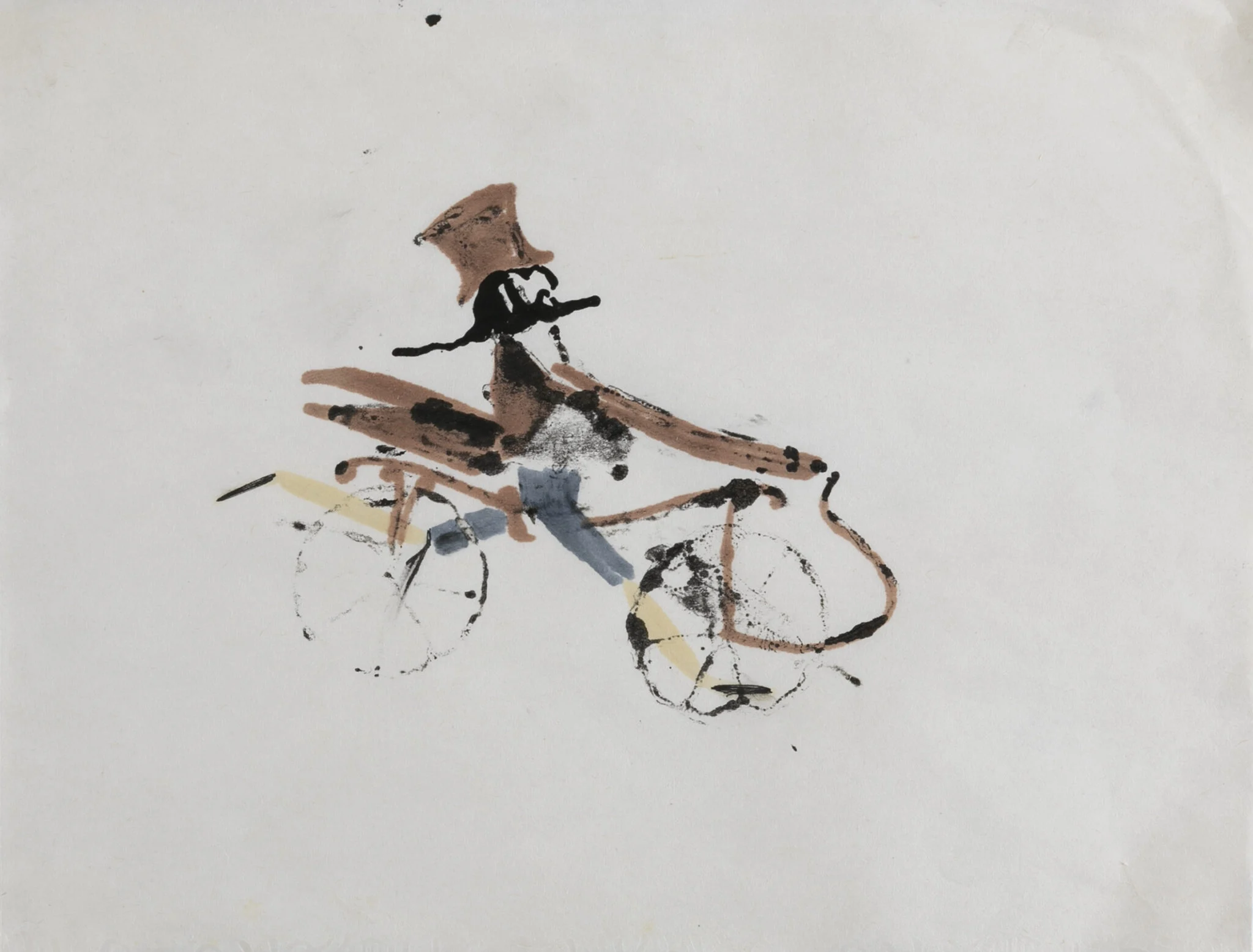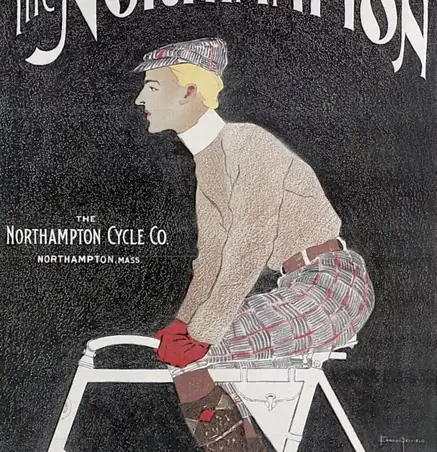
Pino Pascali: The Playful Revolutionary of Italian Art
In the vibrant landscape of 1960s Italian art, few figures shine as brightly as Pino Pascali. Though his career was tragically cut short, Pascali’s innovative and whimsical approach to sculpture left an indelible mark on the arte povera movement and continues to inspire artists today.
Born in 1935 in Bari, Italy, Pascali studied at the Academy of Fine Arts in Rome. He quickly made a name for himself with his unconventional materials. Specifically playful, oversized sculptures that blurred the lines between art, design, and childhood imagination.
Pascali’s work often incorporated everyday materials in surprising ways. His “Fake Sculptures” series, for instance, featured large-scale replicas of weapons made from wood, canvas, and faux fur. These pieces, simultaneously imposing and absurd, challenged viewers’ perceptions and highlighted the artificiality of war imagery.
Water was another recurring theme in Pascali’s art. His “1 cubic meter of earth” and “2 cubic meters of earth” (1967) consisted of steel containers filled with colored water, creating an illusion of solid mass. This clever play on perception became a hallmark of his style.
Perhaps Pascali’s most famous works are his “Bachi da Setola” (Bristleworms) from 1968. These giant, segmented forms made from acrylic bristles evoke both natural forms and industrial materials, embodying the arte povera movement’s interest in the intersection of nature and human-made objects.
Tragically, Pascali died in a motorcycle accident in 1968, at the age of 32. Despite his short career, his influence on Italian and international art cannot be overstated. Pascali’s ability to infuse sculpture with wit, wonder, and a childlike sense of play continues to resonate with audiences and artists alike.
Today, Pascali’s works can be found in major museums worldwide, including the Tate Modern in London and the Centre Pompidou in Paris. His legacy serves as a reminder of the power of imagination and the endless possibilities that arise when artists dare to challenge conventions.



